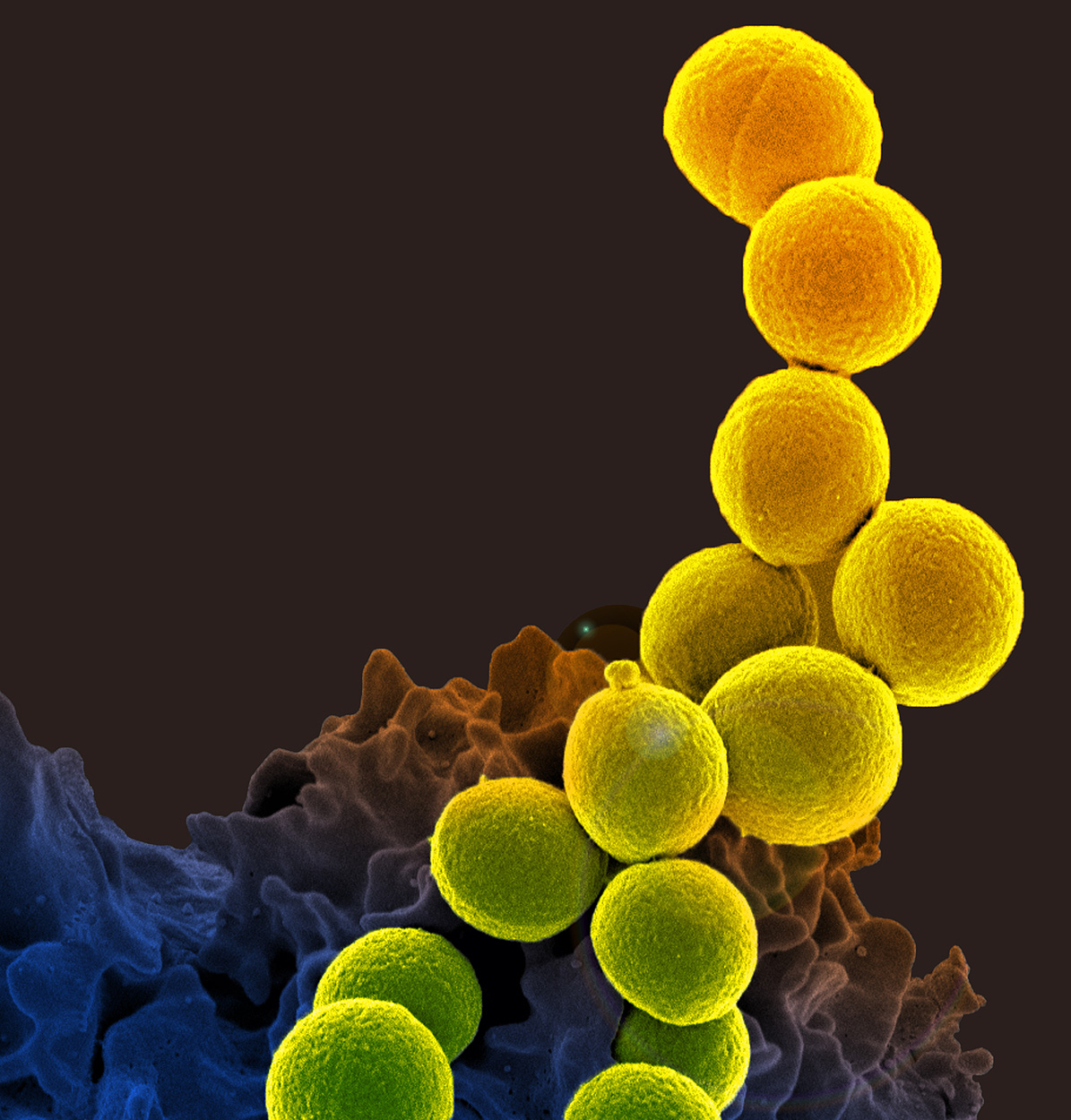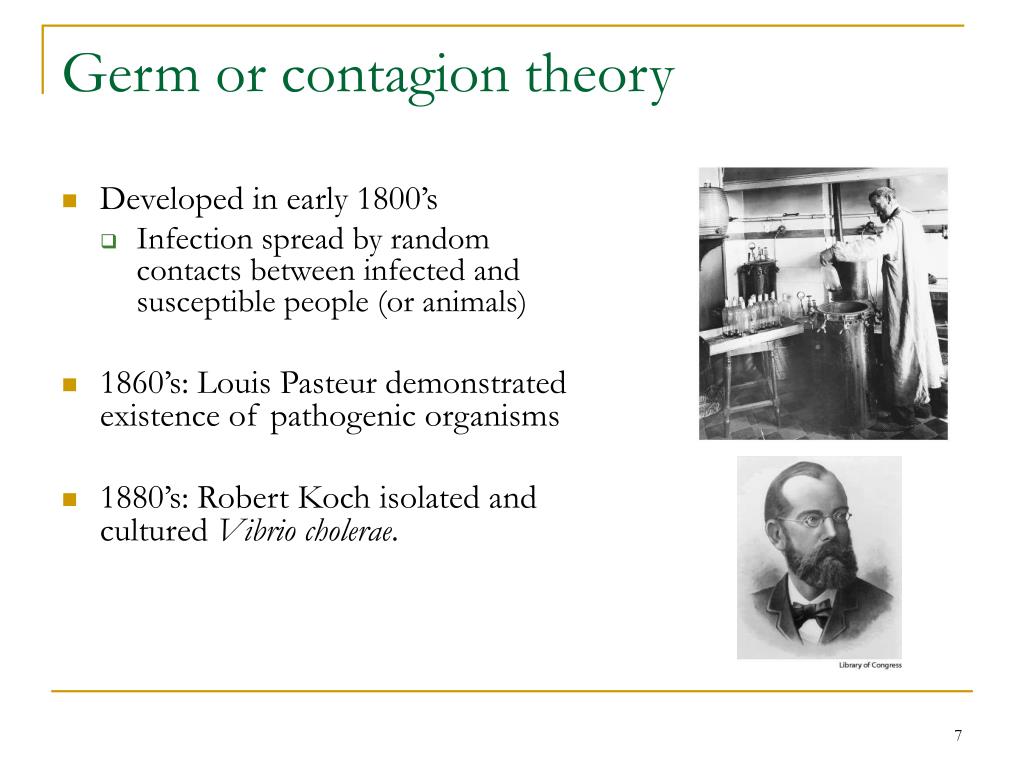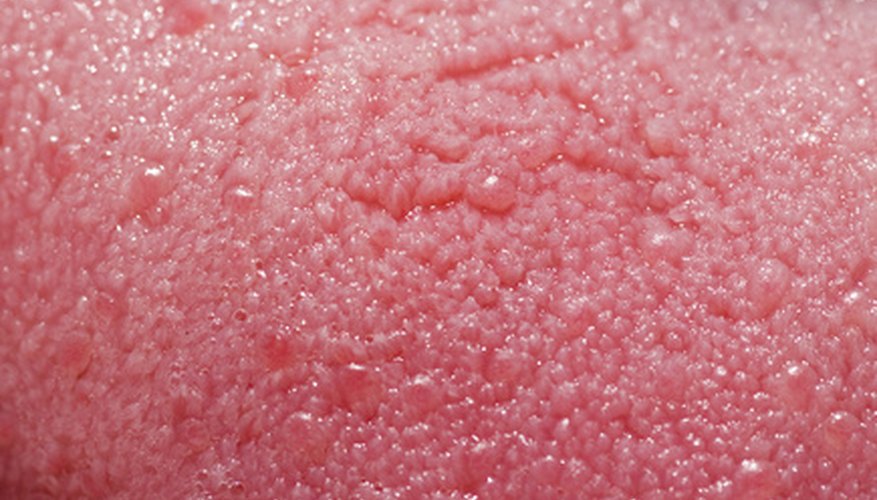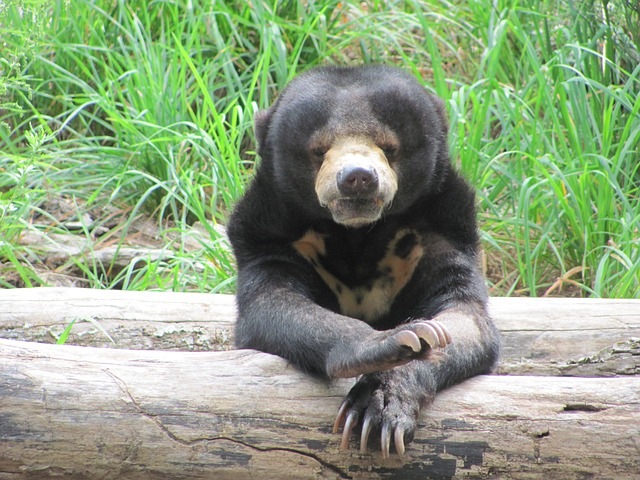Your Pathogenic organisms in animals images are available. Pathogenic organisms in animals are a topic that is being searched for and liked by netizens now. You can Find and Download the Pathogenic organisms in animals files here. Download all free photos and vectors.
If you’re searching for pathogenic organisms in animals pictures information connected with to the pathogenic organisms in animals topic, you have pay a visit to the right site. Our website always provides you with suggestions for viewing the maximum quality video and image content, please kindly hunt and locate more enlightening video content and graphics that match your interests.
Pathogenic Organisms In Animals. Bacteria are classified as microorganisms made of a single cell. Pathogens can exist in the soil for long periods of time without causing an outbreak of disease in plants. Learn vocabulary, terms, and more with flashcards, games, and other study tools. Not all bacteria are deemed harmful.
 THERMAL POLLUTION Follow Green Living From followgreenliving.com
THERMAL POLLUTION Follow Green Living From followgreenliving.com
A group of about 30 species of bacteria that form irregular groups or clusters resembling grapes. Any nucleic acid derived from an animal pathogen listed in schedule 1 of sapo which could produce that pathogen when introduced into a biological system. Escape from the host, travel to, and infection of the new host. Pathogens can exist in the soil for long periods of time without causing an outbreak of disease in plants. Parasitism is a subtype of symbiosis, in which one of the symbionts (parasite) benefits from the coexistence and the other one (host) is adversely affected. Harmful bacteria that can cause infections are called pathogenic bacteria.
Bacteria are classified as microorganisms made of a single cell.
Pathogen transmission pathogens are microorganisms such as viruses, bacteria, protozoa, and fungi that cause disease in humans and other species. Specified animal pathogens are infectious agents, such as viruses, bacteria, parasites, including: Unhygienic and less aseptic way of handling food products of animal origin can lead to the potential for transmission of pathogenic organisms (foodborne disease). 2.3 the host the host is the person or animal infected by the pathogen. Common examples of pathogenic organisms include specific strains of bacteria like salmonella, listeria and e. Some organisms are pathogenic for animals as well as humans and may be communicated to humans through direct or indirect contact.
 Source: coolgalapagos.com
Source: coolgalapagos.com
The pathogenic bacteria able to carry out natural genetic transformation (of those listed in the table) are campylobacter jejuni, enterococcus faecalis, haemophilus influenzae, helicobacter pylori, klebsiella pneumoniae, legionella pneumophila, neisseria gonorrhoeae, neisseria meningitidis, staphylococcus aureus, streptococcus pneumoniae and vibrio cholerae. In october 2006, a health status evaluation was performed on a large population of migratory birds passing through the territory of ustica (italy), an island located on the migration route of many species of birds to africa, and various. Pathogen transmission pathogens are microorganisms such as viruses, bacteria, protozoa, and fungi that cause disease in humans and other species. Pathogen types there are different types of pathogens, but we’re going to focus on the four most common types: Some organisms are pathogenic for animals as well as humans and may be communicated to humans through direct or indirect contact.
 Source: naro.affrc.go.jp
Source: naro.affrc.go.jp
Pathogenic microorganisms may be carried from one host to another. Pathogen transmission pathogens are microorganisms such as viruses, bacteria, protozoa, and fungi that cause disease in humans and other species. Some nonpathogenic microorganisms are commensals on and inside the body of animals and are called microbiota. Samples o f raw milk from cow, goat and sheep were analyzed for pathogens like. However, there are pathogenic strains that can cause serious infections.
 Source: iflscience.com
Source: iflscience.com
2.3 the host the host is the person or animal infected by the pathogen. Pathogenic microorganisms such as rhinoviruses, mycobacteria, or. Coli, and viruses such as cryptosporidium. And to the agriculture to improve to soil fertility. The definition of a pathogenic organism is an organism capable of causing disease in its host.
 Source: slideserve.com
Source: slideserve.com
Pathogenic microorganisms such as rhinoviruses, mycobacteria, or. Most are harmless and reside in the body. Pathogens can exist in the soil for long periods of time without causing an outbreak of disease in plants. Bacteria are classified as microorganisms made of a single cell. A watershed, for example, can have many pathogen sources, such as agricultural land, riparian areas, agricultural feeding operations, livestock, wildlife, and.
 Source: researchgate.net
Source: researchgate.net
Microorganisms were reported mainly in poultry meat, meat,. A human pathogen is capable of causing illness in humans. Specified animal pathogens are infectious agents, such as viruses, bacteria, parasites, including: The microorganisms found in milk. Some nonpathogenic microorganisms are commensals on and inside the body of animals and are called microbiota.
 Source: thoughtco.com
Source: thoughtco.com
And to the agriculture to improve to soil fertility. Pathogenic microorganisms may be carried from one host to another as follows: Some organisms are pathogenic for animals as well as humans and may be communicated to humans through direct or indirect contact. Efforts to prevent the transmission of foodborne diseases can apply good hygienic practices (ghp) with the process of cooking reptile meat for consumption. Learn vocabulary, terms, and more with flashcards, games, and other study tools.
 Source: followgreenliving.com
Source: followgreenliving.com
Pathogenic microorganisms may be carried from one host to another as follows: Specified animal pathogens are infectious agents, such as viruses, bacteria, parasites, including: Any nucleic acid derived from an animal pathogen listed in schedule 1 of sapo which could produce that pathogen when introduced into a biological system. Escape from the host, travel to, and infection of the new host. The bacteria escherichia coli (abbreviated e.
 Source: sciencing.com
Source: sciencing.com
The injurious microorganisms include viruses, bacteria, mycobacteria, fungi, protozoa. Start studying the role of pathogenic organisms in animal disease. Efforts to prevent the transmission of foodborne diseases can apply good hygienic practices (ghp) with the process of cooking reptile meat for consumption. Pathogenic microorganisms such as rhinoviruses, mycobacteria, or. Pathogenic microorganisms may be carried from one host to another.
This site is an open community for users to submit their favorite wallpapers on the internet, all images or pictures in this website are for personal wallpaper use only, it is stricly prohibited to use this wallpaper for commercial purposes, if you are the author and find this image is shared without your permission, please kindly raise a DMCA report to Us.
If you find this site helpful, please support us by sharing this posts to your own social media accounts like Facebook, Instagram and so on or you can also bookmark this blog page with the title pathogenic organisms in animals by using Ctrl + D for devices a laptop with a Windows operating system or Command + D for laptops with an Apple operating system. If you use a smartphone, you can also use the drawer menu of the browser you are using. Whether it’s a Windows, Mac, iOS or Android operating system, you will still be able to bookmark this website.




